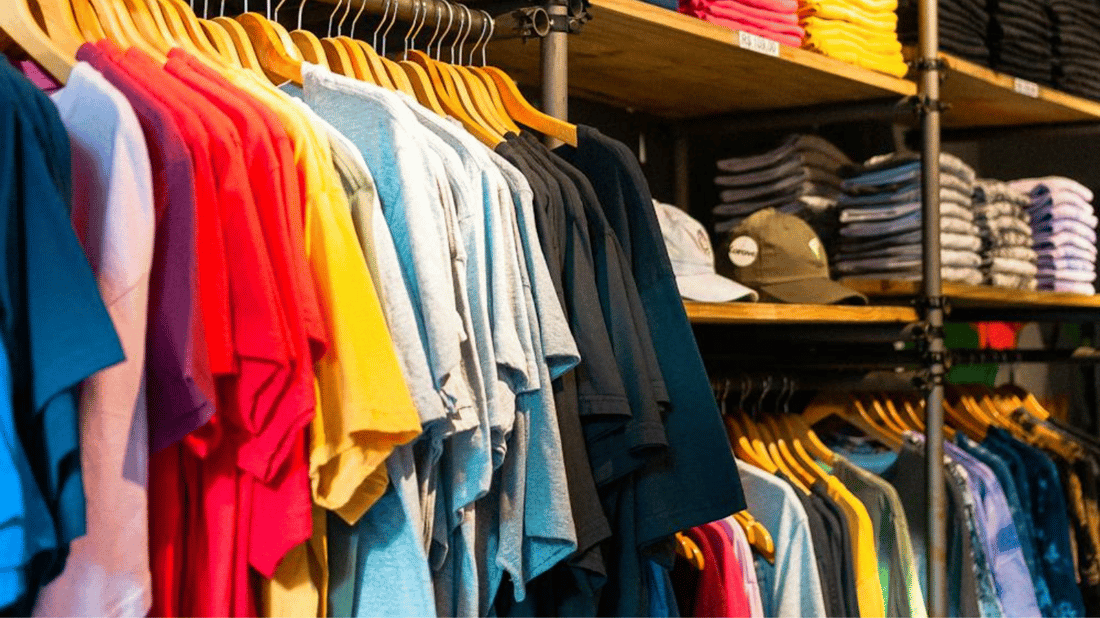Introduction
Garments and Apparel Inspection is an essential aspect of the textile industry. The quality of garments and apparels can be determined by examining their raw materials, construction, design, and finishing. Inspection helps to ensure that products meet the quality standards set by manufacturers and buyers.
Raw Material Inspection
The first step in garments and apparel inspection is evaluating the raw materials used in the production of the garments and apparel. Raw materials should meet specific quality standards for durability, shrinkage, colorfastness, and other relevant factors. This inspection ensures that the final product meets the desired quality standards.
Construction Inspection
The quality of garments and apparel also depends on their construction. Inspection of construction involves checking the stitching, seams, hems, and other vital areas to ensure they are correct. This inspection helps to prevent defects that could lead to the garment's overall failure.
Design Inspection
The design of a garment or apparel determines the functionality and appeal of the product. Inspection of the design involves evaluating the product's style, fit, and finishing. This inspection ensures that the finished product meets the intended design and manufacturing specifications.
Finishing Inspection
The final step in garments and apparel inspection is checking the finished product. Finishing inspections involve evaluating the garment's overall appearance, sizing, labeling, packaging, and any other finishing touches. This inspection ensures that the final product meets the required quality standards and specifications.
Benefits of Garments and Apparel Inspection
Inspection helps to prevent or minimize product defects, which can result in customer dissatisfaction, product recalls, and reputational damage to a brand. Inspection increases customer satisfaction, brand reputation, and loyalty. It also helps to reduce costs through preventing defects, rework, and product returns. Those who perform inspections strictly adhere to the quality standards and regulations set by the industry.
Types of Garments and Apparel Inspection
There are different types of inspection that can be performed on garments and apparel. Initial inspection is done at the beginning of the production process to ensure that the raw materials and the manufacturing process meet the specified standards. During-production inspection aims at prevention. It happens during manufacturing and covers various details such as sewing and trimming.
Final Inspection
Final inspection is performed after the product is finished. It involves scrutinizing every detail of the garment or apparel. It checks if there is any deviation from the specified standards and if the product meets the manufacturer's requirements. Random inspection is done on a few garments or apparel picked at random from a shipment. This inspection helps in identifying defects that may have been overlooked in previous inspections.
Conclusion
Garment and apparel inspection are essential in the textile industry. It helps to ensure that the products meet the specified quality standards and regulations. Inspections prevent defects, enhance customer satisfaction and brand reputation. Different types of inspections have specific purposes, and each should be carried out systematically. Manufacturers and buyers should ensure that they work with competent inspection teams to achieve the desired objectives.

